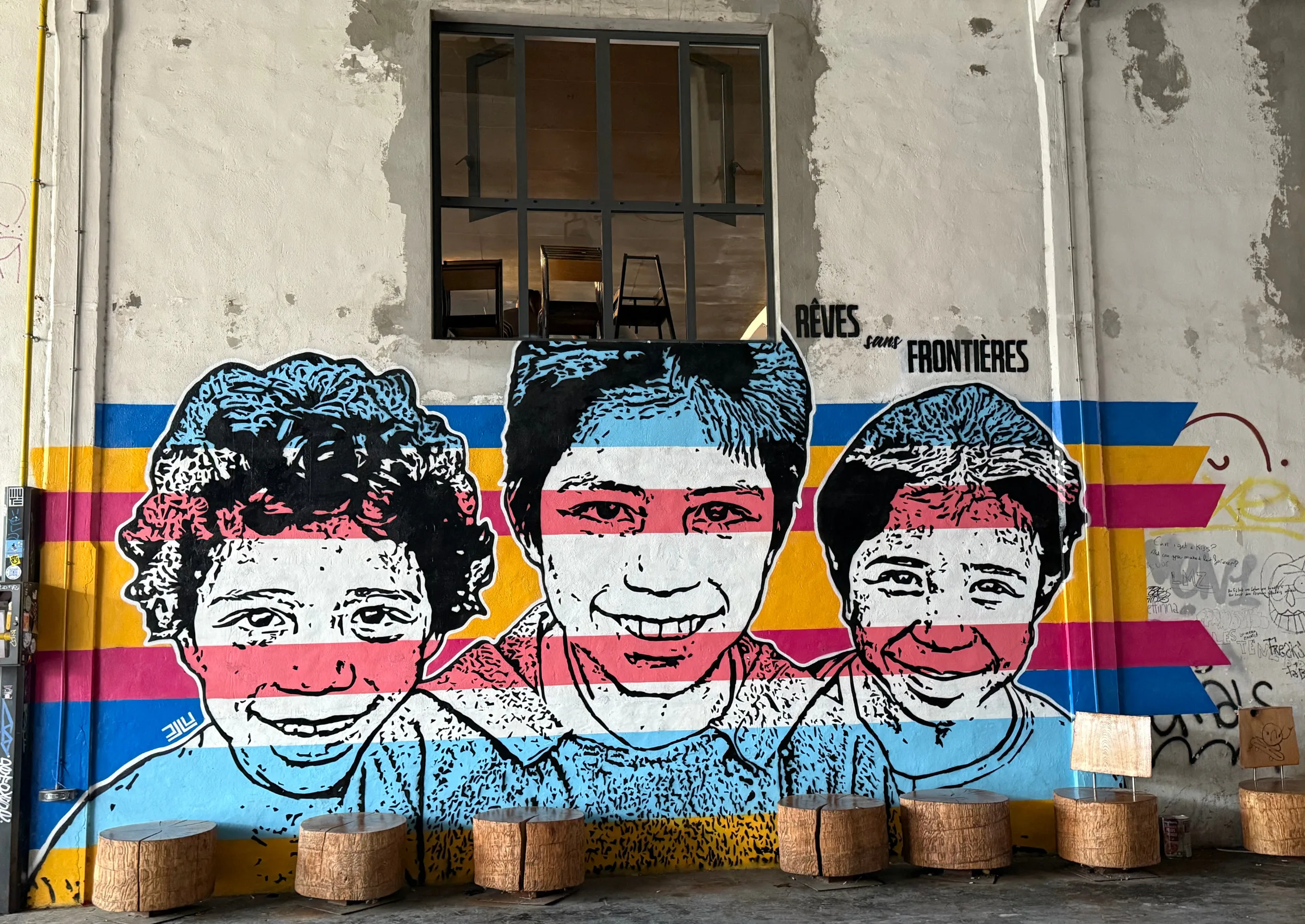A good start but the devil will be in the detail
Last week, after much anticipation, and numerous leaks, we finally saw the launch of the further education (FE) White Paper – Skills for Jobs – which reveals more of the Government’s long term ambitions in reforming the skills system in a modern economy. So, should we see the glass as half empty or half full, in assessing the implications for the creative industries?
On the one hand, when thinking about the future needs of high value, high skilled creative industries, there is lots to be hopeful about. This paper marks the most significant step since 2016 in refreshing a long term post-16 skills strategy in England, raising aspirations for lifelong learning, and “kick-starting” skills activities in a post COVID-19 recovery. It provides an important basis to take a more strategic view across the skills system and to drive improvements in the quality of further and higher education, extending, and better integrating, different options for learning across varying education pathways, and so supporting different progression routes throughout an individual’s career. This may, in turn, prove to be helpful in enhancing the opportunities for young people and adults alike to pursue creative careers, thus supporting inclusiveness and supplying a greater range of people, creative skills and technical expertise into the sector. This is vital in a sector which has historically seen high growth rates, with employment in the creative industries as a whole having increased at a rate more than three times that of the total economy in the last ten years. It may also serve to enhance the diversity of the workforce, in terms of age, gender, ethnicity and class, which currentlytrails behind other parts of the economy.
In particular, moves to expand higher technical qualifications including in creative subject areas, where they are priority areas of economic growth and have strong labour market outcomes, should in principle have a hugely positive impact on widening participation, and strengthening the future talent pipeline. The introduction of the publicly funded level 3 Lifetime Skills Guarantee, as recommended by the Government commissioned Augar review in 2019 and supported by the £2.5bn National Skills Fund, is an important commitment from Government. In ensuring a higher minimum platform of skills for all, this represents a crucial signal as to the importance of developing habits for lifelong learning in a modern economy, which will be increasingly essential to maintain employment in a more dynamic future economy. More specifically, a continued commitment to enhancing employer-led technical education programmes, that are aligned to industry needs, through T-levels, apprenticeships, and developing more options for study at level 4 and 5, could also be very positive for the creative industries. With the Government currently piloting ways to co-design and deliver apprenticeship programmes for different parts of the creative industries, this has the potential to really enhance future uptake within creative subjects and the strength of creative technical skills in the economy.
Steps to expand the Institutes of Technology programme to every part of the country by the end of this Parliament, which combine partnerships between further and higher education providers, are a further example of really positive developments for the sector. This is especially where future investments can recognise and respond to the growing demands of “createch”, where creativity is combined with technology to prepare students for entry into skilled and technical creative employment or on to higher levels of creative study. This programme could play a vital role, advancing expertise and performance of the sector in specialist fields such as augmented reality, virtual reality, programmatic branding, creative robotics, immersive technologies and the application of interactivity to performance and experiential markets.
At the same time as technical education pathways are being enhanced, intentions to create increased flexibilities in the student finance system are also a positive step. Such financial incentives aim to enable more individuals to pursue higher technical education alongside those already opting to take a degree. There will also be pilots around more modular training. Again, in theory, this supports greater participation in growing technical areas such as creative subjects, which are substantially in demand, whether pursuing full or part time study. This will be achieved through the introduction of a flexible Lifelong Loan Entitlement, giving access to the equivalent of four years of post-18 education, to pursue learning, reskilling and upskilling as an adult, at any stage of a career. These developments are especially important in increasing the opportunities for those who are seeking more flexible, portfolio learning to the traditional degree programmes, such as those who have left the education system without a basic platform of skills and/or who wish to repurpose their careers towards the creative sector in response to labour market changes and restructuring. This is crucial too at a time of growing unemployment during the COVID-19 pandemic.
Whilst such readings of the White paper offer promise, there is also still much uncertainty and many unknowns. It is clear that due to the deferred Comprehensive Spending Review, the full extent of the spending and investment decisions are delayed until the autumn, and the conclusions of the Augar review can therefore also only be interim at this stage. This is particularly true in the case of higher education, on which many policy consultations are ongoing. As such, there is limited detail upfront of the financial commitments to different policy announcements to give confidence to the scale of the post COVID-19 “skills-led recovery” overall, let alone to enhance the specialist skills for the creative industries. With many previous skills strategies and reforms in the past not having been effectively followed through, it is hoped that this is not the fate awaiting us here.
Although headline announcements appear positive, the devil will always be in the detail in how such programmes are eventually rolled out. For instance, what is really meant by employers driving the skills system and employer-led training? System reforms have attempted such developments before and failed. Employer leadership is of course only effective as long as the skills programmes genuinely secure strong employer engagement, and delivery can be flexed with their requirements in mind. As earlier PEC research shows, the skills landscape and local economies are extremely fragmented, and employer groups, especially across the creative industries, are very heterogeneous, with large numbers of freelancers. So, can their diverse needs really be taken into account within the current skills infrastructure in a way that ensures quality and hence stimulates the increased participation of employers and individuals alike? This will call for a mixed delivery model.
This question is also important when thinking about the prioritisation of technical education. Future participation levels in creative education will be dependent on what subjects are finally selected, and hence are susceptible as ever to the process for measuring “value” set by Government economists. It is crucial that in agreeing the method, around what forms a funding priority, the Government takes an approach that is sufficiently nuanced to capture fully success and business needs in industries such as those in the creative economy, with a high reliance on dynamic business models and flexible, atypical working patterns, and hence uses multiple indicators of what constitutes valuable work. Crucially this must draw on existing evidence such as that provided by the PEC. Whilst the current Industrial Strategy and Sector Deal recognise the importance of creative industries to the economy, until wider strategies are refreshed and the connection between skills and other agendas confirmed, this fails to provide further confidence too that investment and action in creative skills will be sufficiently prioritised or aligned to wider policy agendas. So, a good start perhaps but definitely something to watch and more significant work to do.
Photo by Christina Wocin
The PEC’s blog provides a platform for independent, evidence-based views. All blogs are published to further debate, and may be polemical. The views expressed are solely those of the author(s) and do not necessarily represent views of the PEC or its partner organisations
Related Blogs
Why do freelancers fall through the gaps?
Why are freelancers in the Performing Arts consistently overlooked, unseen, and unheard?
Insights from the Labour Party Conference 2025
Creative PEC Policy Adviser Emily Hopkins attended the Labour Party Conference in September 2025.
Association of South-East Asian Nations’ long-term view of the creative economy
John Newbigin examines the ASEAN approach to sustainability and the creative economy.
Take our Audience Survey
Take our quick survey and you might win a National Art Pass.
Culture, community resilience and climate change: becoming custodians of our planet
Reflecting on the relationship between climate change, cultural expressions and island states.
Cultural Industries at the Crossroads of Tourism and Development in the Maldives
Eduardo Saravia explores the significant opportunities – and risks – of relying on tourism.
When Data Hurts: What the Arts Can Learn from the BLS Firing
Douglas Noonan and Joanna Woronkowicz discuss the dangers of dismissing or discarding data that does…
Rewriting the Logic: Designing Responsible AI for the Creative Sector
As AI reshapes how culture is made and shared, Ve Dewey asks: Who gets to create? Whose voices are e…
Reflections from Creative Industries 2025: The Road to Sustainability
How can the creative industries drive meaningful environmental sustainability?
Creating value: the creative economy beyond culture by Marta Foresti
Marta Foresti explains the value of international cooperation as she becomes Chair of the GCEC.
Taking stock of the Creative Industries Sector Plan
We summarise some of the key sector-wide announcements from the Creative Industries Sector Plan.
Conversations between the Global North and South
Unsettling and reordering the creative economy












